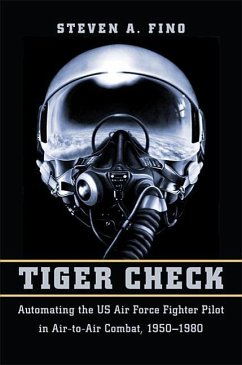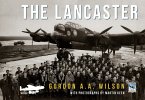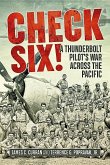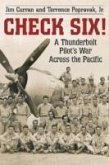"The fielding of automated flight controls and weapons systems in fighter aircraft from 1950 to 1980 challenged the significance ascribed to several of the pilots' historical skillsets, such as superb hand-eye coordination--required for aggressive stick-and-rudder maneuvering--and perfect eyesight and crack marksmanship--required for long-range visual detection and destruction of the enemy. Highly automated systems would, proponents argued, simplify the pilot's tasks while increasing his lethality in theair, thereby opening fighter aviation to broader segments of the population. However, these new systems often required new, unique skills, which the pilots struggled to identify and develop. Moreover, the challenges that accompanied these technologies were not restricted to individual fighter cockpits, but rather extended across the pilots' tactical formations, altering the social norms that had governed the fighter pilot profession since its establishment. In the end, the skills that made a fighter pilot great in 1980 bore little resemblance to those of even thirty years prior, despite the precepts embedded within the "myth of the fighter pilot." As such, this history illuminates the rich interaction between human and machine that often accompanies automation in the workplace. It is broadly applicable to other enterprises confronting increased automation, from remotely piloted aviation to Google cars. It should appeal to those interested in the history of technology and automation, as well as the general population of military aviation enthusiasts."--Provided by publisher.
Hinweis: Dieser Artikel kann nur an eine deutsche Lieferadresse ausgeliefert werden.
Hinweis: Dieser Artikel kann nur an eine deutsche Lieferadresse ausgeliefert werden.








